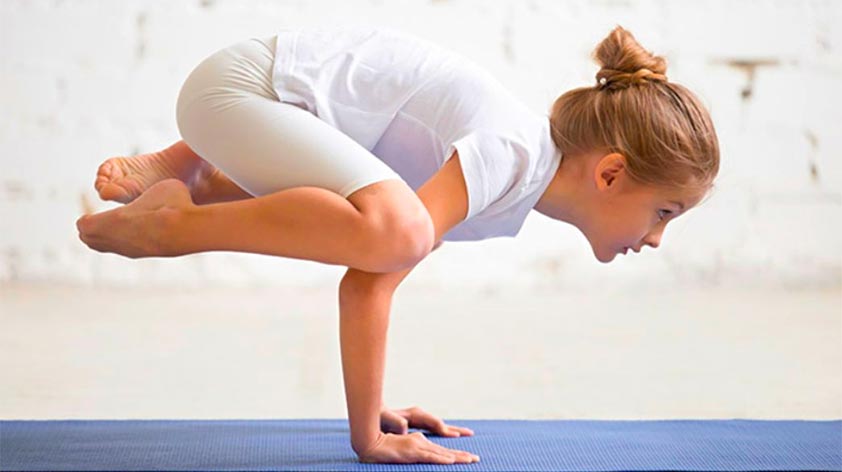
Yoga is known for its physical and mental benefits, from improving flexibility and strength to reducing stress and anxiety. While many adults practice yoga, it may come as a surprise that kids can also reap the rewards of this ancient practice.
We now take a closer look at the various benefits of teaching yoga to kids and why becoming a child yogi is advantageous in Top 4 Benefits of Teaching Yoga to Kids!
Why Teach Yoga to Kids?
Teaching yoga to children can help them develop a strong mind-body connection at an early age. It encourages mindfulness and self-awareness, promoting emotional regulation and resilience. With the ever-increasing pressure on children to perform academically and socially, yoga can provide a safe space for them to explore their physical and emotional powers.
1. Physical Benefits
Contrary to popular belief, yoga is not just about stretching and holding poses. It also involves building strength, coordination, and balance. With regular practice, kids can improve their overall fitness and body awareness.
This can be especially beneficial for children who may not enjoy traditional team sports or have difficulty with gross motor skills. Additionally, yoga makes for an amazing workout to do alongside children as they learn best by example and can adhere to postures with better, more finely-tuned instructions.
2. Mental Benefits
Yoga has been found to reduce stress and anxiety in both adults and children. By learning breathing techniques and relaxation exercises, kids can better manage their emotions and cope with challenging situations.
Yoga also fosters a sense of calmness and inner peace, helping children to develop self-control and improve focus.
3. Social Benefits
Yoga classes for kids often involve partner or group poses, encouraging cooperation and communication. This can help children develop social skills such as empathy, respect, and teamwork. Additionally, practicing yoga in a non-competitive environment can boost self-esteem and confidence as children learn to appreciate their unique abilities and limitations.
You can set up and promote your yoga studio by offering “mommy and me” classes or family-focused flows to encourage children to join in on practices and socialize with other children participating in the class. This is a fun way to bring awareness, increase bonding, and share the wisdom of yoga.
4. Increased Adaptability
One of the great things about yoga is that it can be easily adapted to suit all ages and abilities. This makes it an inclusive activity for children with special needs or those who may have physical limitations.
Teachers can modify poses and incorporate fun games and activities to keep children engaged and motivated. There are several key things to know when teaching yoga to kids, but one primary objective is adjusting poses and sequences to meet the needs of the growing mind and body.
Teaching yoga to kids can have a positive impact on their physical, mental, and social well-being. It provides them with tools to manage stress, build resilience, and develop important life skills.
With its adaptability and inclusivity, yoga is a wonderful practice to introduce to children at an early age, setting them on a path toward a healthy and balanced lifestyle. So why not start your child’s yogi lifestyle early and start teaching your kids all these wonderful benefits of yoga?









